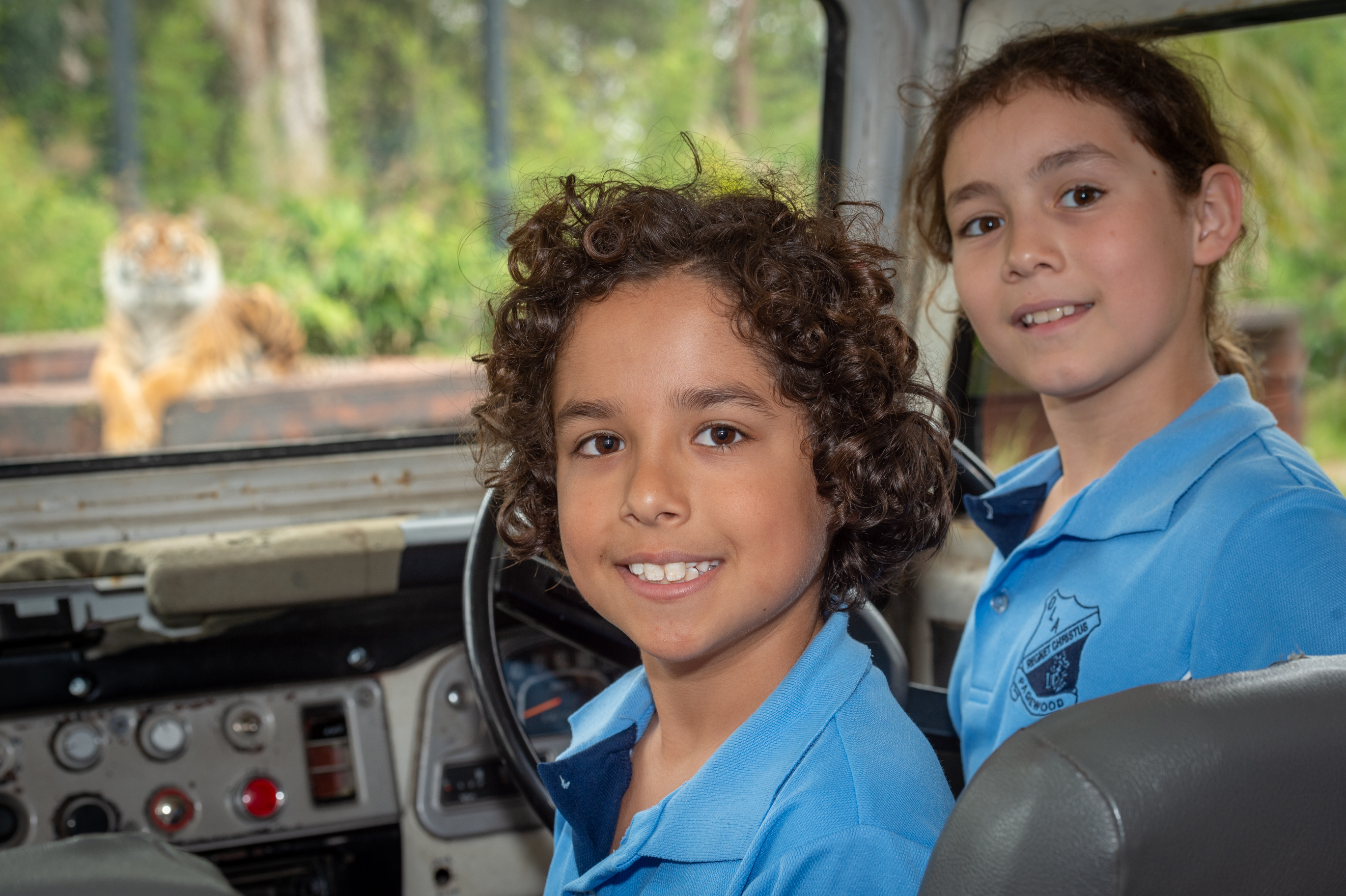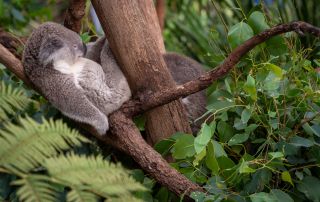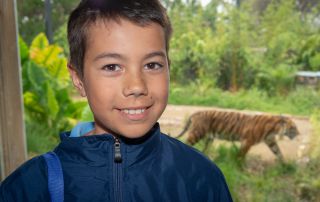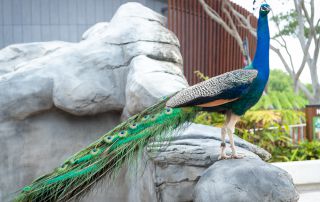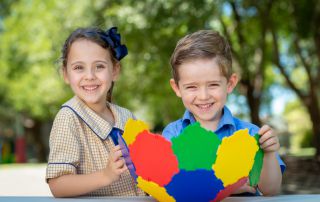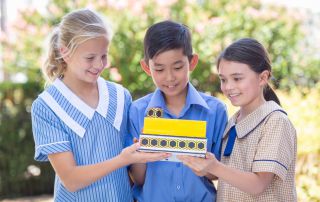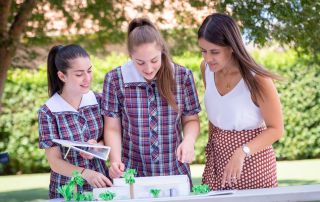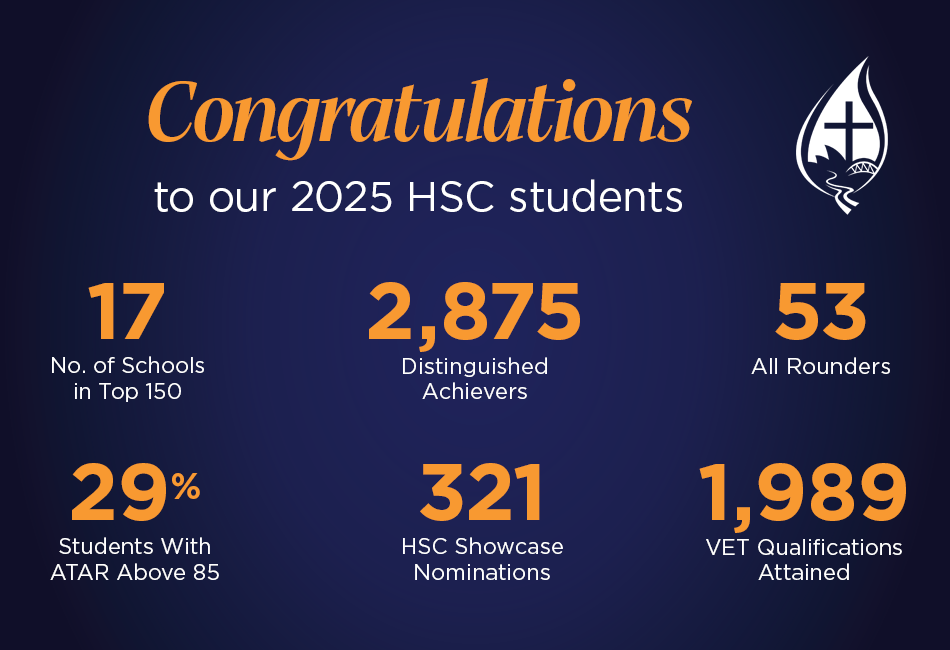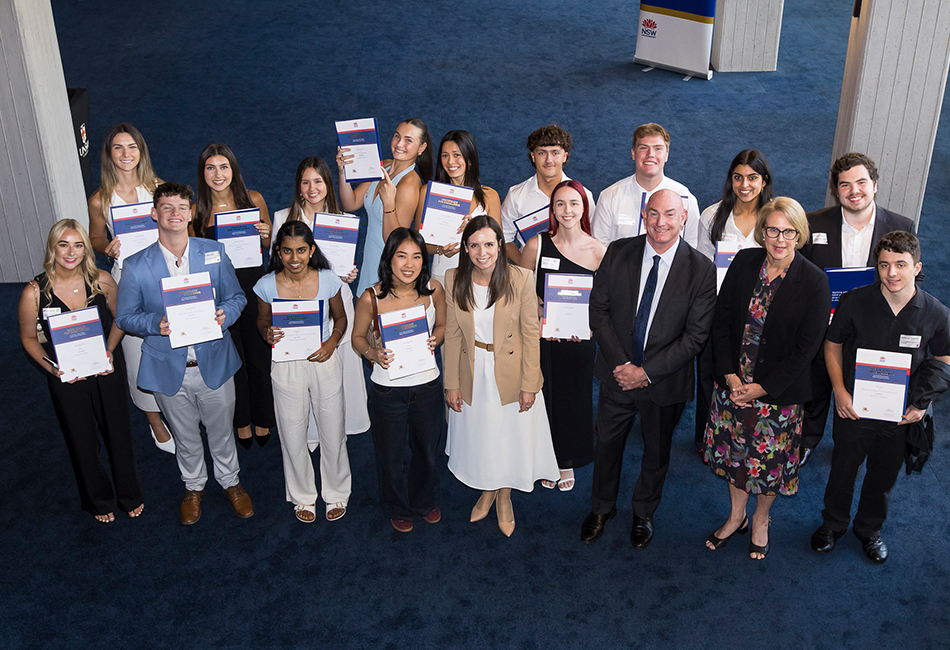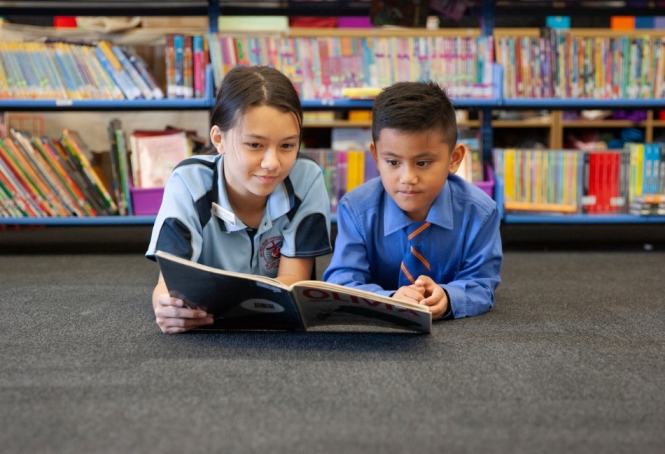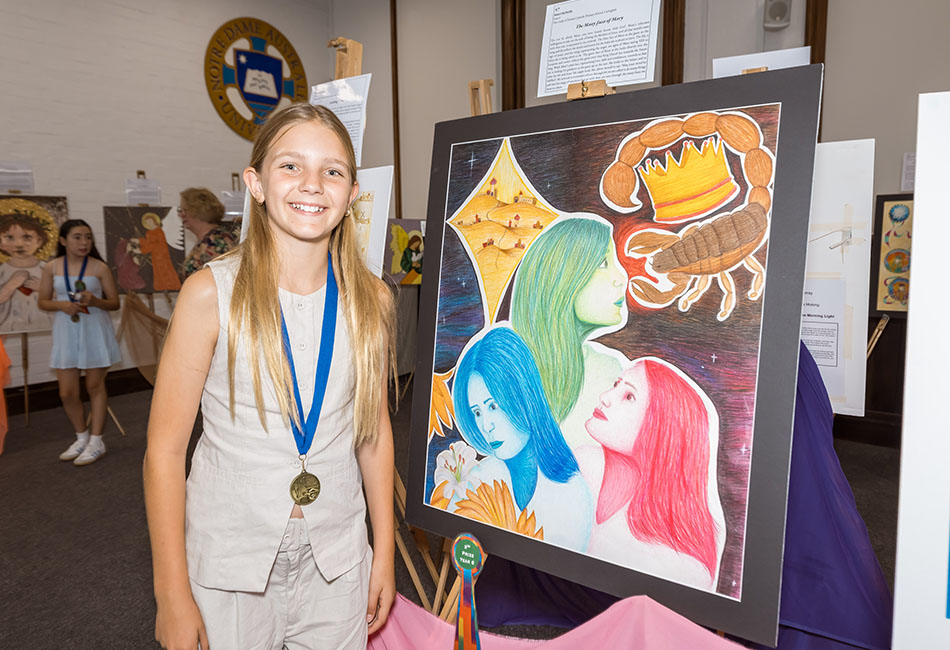Science, Technology, Engineering and Mathematics become tools to help students connect with and help their communities when the partnerships redefining STEM at Sydney Catholic Schools bring learning to life.
In the rainforest-themed classroom at the Taronga Institute of Science & Learning, Jay Khera is discovering the differences between the habitat and animals of Australia and Sumatra. He and his Year 5 peers will see a tiger from the west-Indonesian island as part of their next zoo experience of the day.
It is a safari-style adventure with a mock plane trip to Sumatra and through bamboo-lined walkways to the tiger’s home enclosure. The flight’s captain reels off facts about the place and the deforestation caused by palm oil production before the students land.
Through the November excursion, Our Lady of the Annunciation (OLA) Catholic Primary School Pagewood students gained a tangible link to the content they have studied about the two islands as part of the primary Geography and Science curriculums.
“We learnt about a poisonous frog that lived in the Blue Mountains,” Jay said. “A lot of animals are endangered and Sumatra has a lot of different species.”
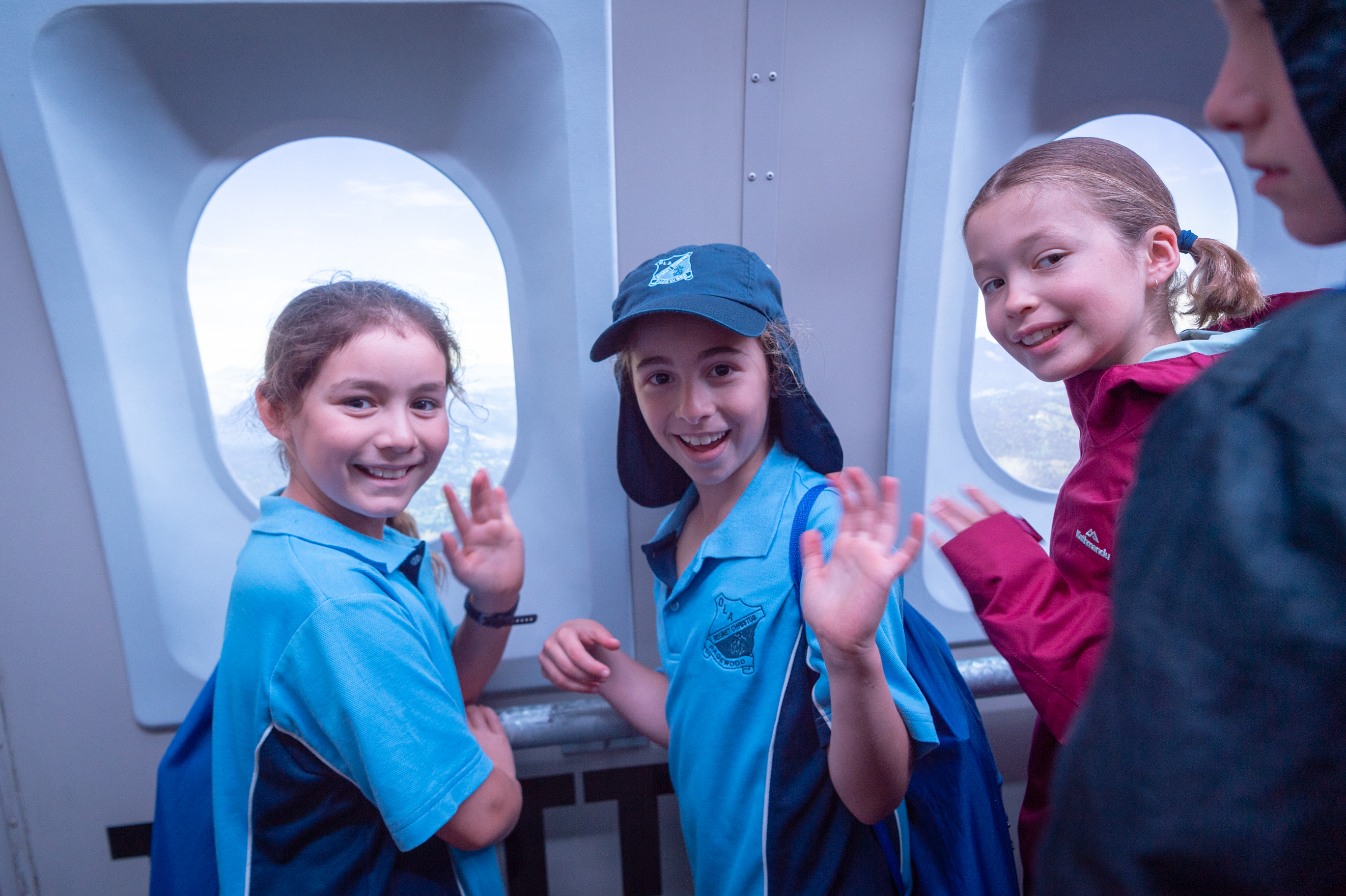
OLA is one of hundreds of schools who visited Taronga Zoo in 2018 for education programs that connect students with the research and work of the largest zoo-based team of conservation scientists in Australia.
The Taronga Institute of Science & Learning is the new home ground for this. It made headlines in October last year when it was officially opened by Prince Harry and Meghan Markle, and aims to further conservation through research and education.
A day later, Sydney Catholic Schools’ (SCS) Teaching and Learning team was the first staff group to experience the site’s immersive habitat classrooms. The rooms give primary and secondary school students the chance to observe animals moving freely in an environment that simulates their woodland, desert or rainforest habitat. Another section of the institute includes purpose–built research laboratories that enable tertiary students and fellow scientists to collaborate to address key conservation issues.
It is in the spirit of collaboration that SCS engaged with the zoo. SCS is one of three Catholic education offices in NSW that together employ a shared zoo education officer to facilitate workshops on key geography, science, zoology and sustainability topics.
Former St Ursula’s College Kingsgrove Science teacher Georgina Cairns is new to the role in 2019 and already marvels at the finches, whose behaviour in the desert classroom mirrors their behaviour in the wild. The birds have built a nest above a security camera high on the back wall of the room. Previous zoo education officer Catherine Judd said all programs examined an element of how humans and animals work within and need the environment.
Workshops take 45 minutes. Term-long STEM programs see education officers work with schools to locate endangered species in their local environment and find a solution to help the animal.
“At the end of those learning experiences the students are so passionate about this animal that lives in their community that they become such amazing advocates,” Ms Judd said. “It’s really rewarding to see that transformation through building knowledge and connection with your local environment.”
A statement on STEM
Sydney Catholic Schools’ staff will return to the Taronga Institute on 29 March to launch their new Statement on STEM Learning that will inform how students from Kindergarten through to Year 12 engage with science, mathematics, and technology.
The document is the work of a team of SCS staff who reviewed the extensive trove of academic research on STEM education in eight months, while consulting with close to 100 education officers that work within SCS schools to discover how they currently treat STEM. They also asked what areas of STEM learning sparked student interest and were relevant to their individual school communities.
A new view
Public and media conversations around STEM education have changed very little since 2008, when the national STEM goals were to boost girls’ participation in Science and Mathematics and get more students to complete university degrees in related fields.
An emphasis on problem solving is strong in current STEM teaching, yet much of the conversation about its purpose is still driven by this view to students obtaining a vocation in the sciences.
SCS’ view of STEM agrees with Australia’s chief scientist Alan Finkel that mastering a discipline is important, as is contextualising that learning. It is what students might do with their STEM knowledge that is the focus.
It appreciates that STEM influences and is a part of daily life, and students can be interested in STEM without wishing to become a career engineer or biochemist. It is a move away from treating STEM as the four individual disciplines of Science, Technology, Engineering and Mathematics, and occasionally teaching them together.
We need to value diversity … in the way people think.
SCS’ Director of Teaching and Learning, Genevieve Moss, said the new approach does more than take coding, robotics, and drone work and call it STEM. Instead, the technology and other disciplines of STEM become a language that students use, discovering new interests and ways to help their communities along the way.
“In creating the statement we asked ‘What do our students need moving forward in this area? How do we bring together the disciplines of science, technology and mathematics and apply that to real-world learning?’” Ms Moss said.
“There are a lot of fabulous one-off coding and robotics activities to do, but it is about how those tasks come together to serve a purpose that is of benefit to the community that matters.
“We need to look beyond at what is going to be life-giving for the student. What is our true aim? What are our students going to do with a science degree that is going to make a difference? What is in the school or local environment that requires a STEM approach?”
Some recent school projects show a common goal and local context can be catalysts for great STEM learning. St Clare’s College Waverley’s ‘Bee Hotel’ project was a collaboration with The University of Sydney’s STEM Academy, Waverley Council and the Royal Botanic Gardens Sydney. Students learnt the different ways bees adapt to their environment and examined how these adaptations affect honey collection.
St Ursula’s College Kingsgrove have also worked with neighbour primary school Our Lady of Fatima to create a living, sustainable outdoor classroom.
Technology is an enabler. When we do coding, robotics or drone work, we’re on a pathway to somewhere else.
– Genevieve Moss
STEM projects students will complete this year also focus on designing solutions to problems and encourage students to work as a team, with empathy, and learn from their mistakes.
Ms Moss said STEM also presented the opportunity for students to learn persistence and resilience.
“Not all experiments or work turns out in a nice, neat package, and not all communications within a group run smoothly,” she said. “We need to value diversity not just in ethnicity and gender, but value diversity in the way people think, and the way they process things.
“With application to a particular problem or challenge, the content students have learnt in their domains and disciplines has an opportunity to come out.
“It may be that we play with drones in order to problem-solve something that is greater than that. Technology is an enabler, so when we do coding, robotics or drone work, we’re on a pathway to somewhere else.”
No geographical limits for school partners
Sydney Catholic schools and teachers often collaborate to deliver the best learning outcomes and opportunities to students. It is one of the strengths of being part of a system of schools, and fertile ground for the new STEM approach.
Traditionally, the collaboration between SCS schools has been dictated by their location. The new approach will link schools and staff to support the delivery of projects based on their experiences, content and need, rather than geography. Our Lady of Mercy College Buraneer might consult with St Clare’s College Waverley when they study the behaviour of bees.
Three new STEM education officers join the team this year to help facilitate these relationships. They are part of a team of six dedicated to best-practice delivery of STEM education, all with a view to extend students’ curiosity, excitement and sense of purpose. “We want to share the wisdom,” Ms Moss said.
“From the Kindergarten child who has such awe and wonder over an insect they’ve found in the garden, to the much more sophisticated curiosity we see in the secondary students that challenges an idea, it takes the ‘what if…?’ and says we can step outside of current practice because we can see that there is a need beyond it.”
Partners support learning
The next phase of Sydney Catholic Schools’ STEM journey is to formalise partnerships that are helping teachers to deliver the best possible learning experiences for students in all of the disciplines. These partnerships include:
- The University of Sydney STEM Teacher Enrichment Academy, which has helped teachers to design experiments for students that integrate maths, science and technology topics and provided helpful feedback to schools on their STEM projects since 2018.
- An ongoing relationship with Taronga Zoo Institute of Science & Learning, working alongside the zoo education officer to develop student engagement in STEM that takes into account their environment.
- Tertiary partnerships with Australian Catholic University, The University of Notre Dame Australia and The University of Technology, Sydney.

